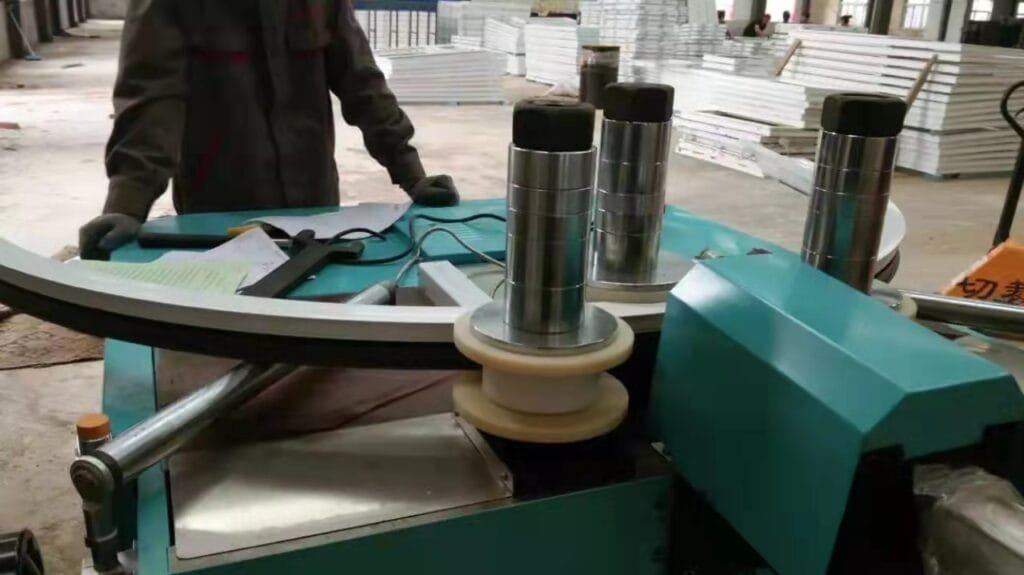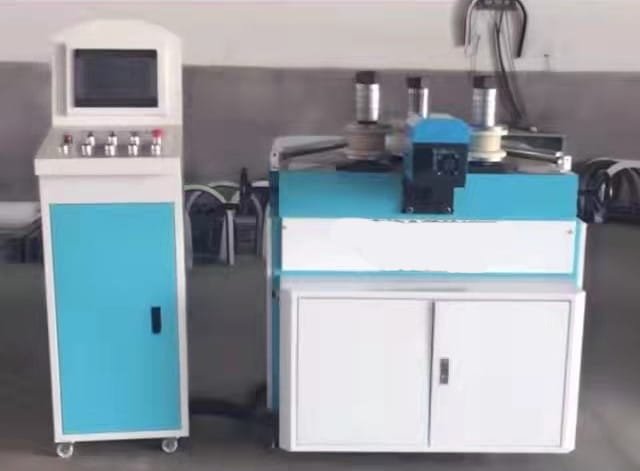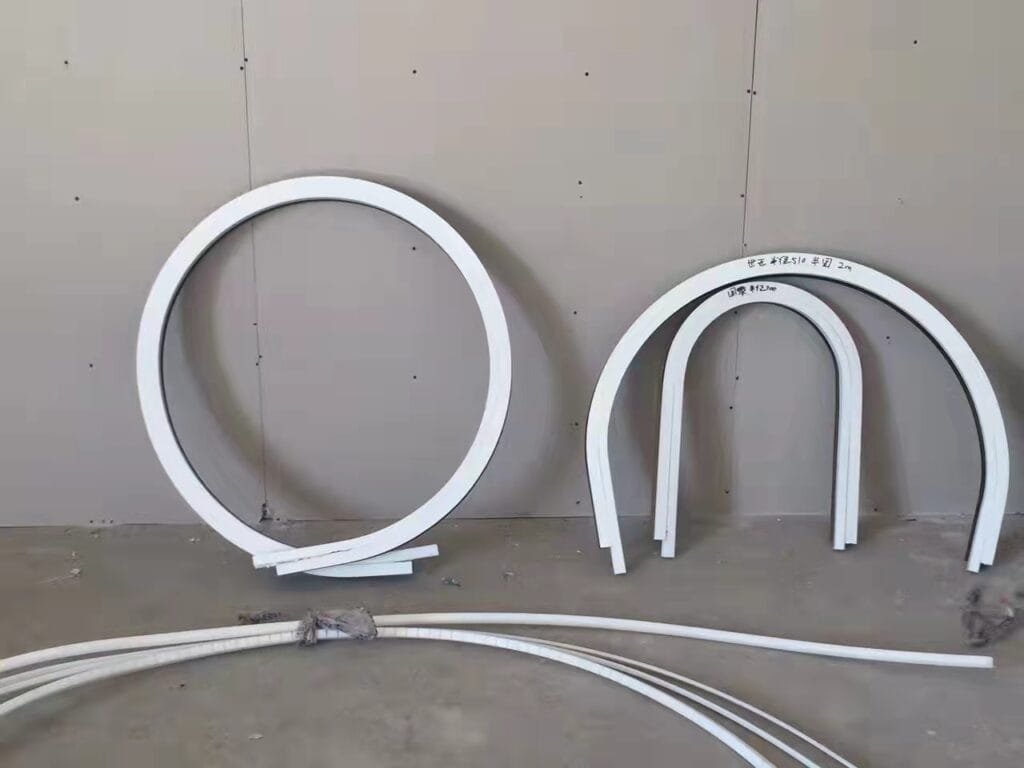In modern manufacturing, precision and efficiency are essential, especially when dealing with complex metal bending tasks. One of the most advanced machines designed to meet these requirements is the CNC Three-Axis Bending Machine. This innovative piece of machinery integrates advanced computer numerical control (CNC) technology with mechanical engineering to provide high-precision, automated bending capabilities for a wide range of materials, especially metal sheets and pipes. In this article, we will explore the key features and functions of a CNC Three-Axis Bending Machine.
What is a CNC Three-Axis Bending Machine?
A CNC Three-Axis Bending Machine is an advanced machine tool that combines automation and precision to bend metal workpieces. The machine is equipped with three axes of motion—X, Y, and Z—that allow for precise control of the material’s position during the bending process. The integration of CNC (computer numerical control) allows operators to program the machine to perform complex bending tasks with minimal manual intervention. This level of automation significantly improves productivity, accuracy, and repeatability compared to traditional manual bending methods.
Key Features of a CNC Three-Axis Bending Machine
- Three-Axis Control
The defining characteristic of this machine is its three-axis movement. These axes control the material’s positioning during bending:- X-Axis: Controls the horizontal movement, positioning the material along its length.
- Y-Axis: Controls the vertical movement, positioning the material for bending depth or height.
- Z-Axis: Controls the angle of the bending tool, ensuring the correct angle and precision during the bend.
- CNC Programming and Automation
The machine is operated through a CNC system, which allows the operator to input specific bending parameters (such as bend angles, positions, and material thickness) into the system. The CNC system then automatically adjusts the machine’s movements to achieve the desired result. This eliminates the need for manual adjustments and ensures high consistency in the final product. - High Precision and Accuracy
The combination of CNC control and advanced mechanical design ensures that the bending process is highly accurate. The machine can achieve tight tolerances, often within fractions of a millimeter, making it ideal for industries where precision is critical, such as aerospace, automotive, and electronics manufacturing. - Versatility in Materials
CNC Three-Axis Bending Machines are versatile and can handle a wide range of materials, including various types of metal such as aluminum, steel, and copper. They can bend both thin and thick materials with ease, making them suitable for different applications, from small precision components to large structural parts. - Increased Efficiency and Productivity
With the automation offered by CNC technology, the bending process is faster and more efficient than traditional methods. The machine can execute multiple bends in a single cycle without the need for manual re-positioning, reducing production time and minimizing the risk of human error. This leads to higher throughput and greater cost efficiency for manufacturers.
Applications of CNC Three-Axis Bending Machines
CNC Three-Axis Bending Machines are used in various industries due to their high flexibility and precision. Some common applications include:
- Sheet Metal Fabrication: For producing metal parts, enclosures, brackets, and more.
- Automotive Industry: For creating exhaust pipes, chassis components, and other bent metal parts.
- Aerospace: For bending metal components to precise specifications for aircraft structures.
- Construction and Structural Engineering: For creating bent steel rods, beams, and other structural components.

Advantages of Using a CNC Three-Axis Bending Machine
- Enhanced Precision: The machine ensures accurate bends, even for complex geometries, with minimal tolerance deviation.
- Reduced Labor Costs: The automation provided by CNC reduces the need for skilled labor, allowing operators to focus on programming and machine supervision.
- Reduced Material Waste: Because of its precision and repeatability, the CNC Three-Axis Bending Machine helps minimize material waste and scrap.
- Increased Production Speed: Automated processes result in faster turnaround times, making it ideal for high-volume production environments.
Conclusion
The CNC Three-Axis Bending Machine represents a significant leap forward in metalworking technology. By combining precision, versatility, and automation, it enables manufacturers to produce high-quality, complex bent parts more efficiently than ever before. Whether for small-scale projects or large-scale industrial production, this machine is an indispensable tool for businesses looking to stay competitive in today’s demanding manufacturing environment.




